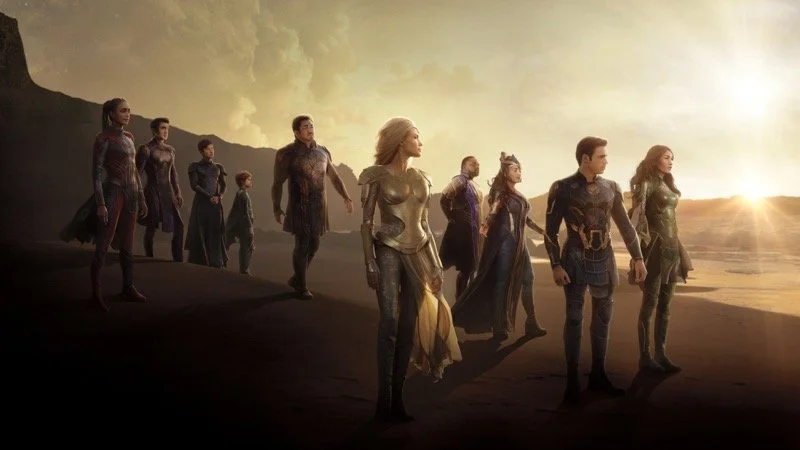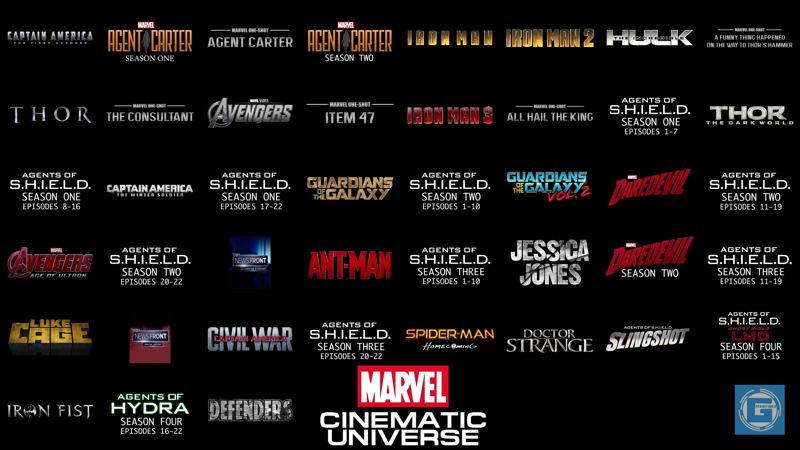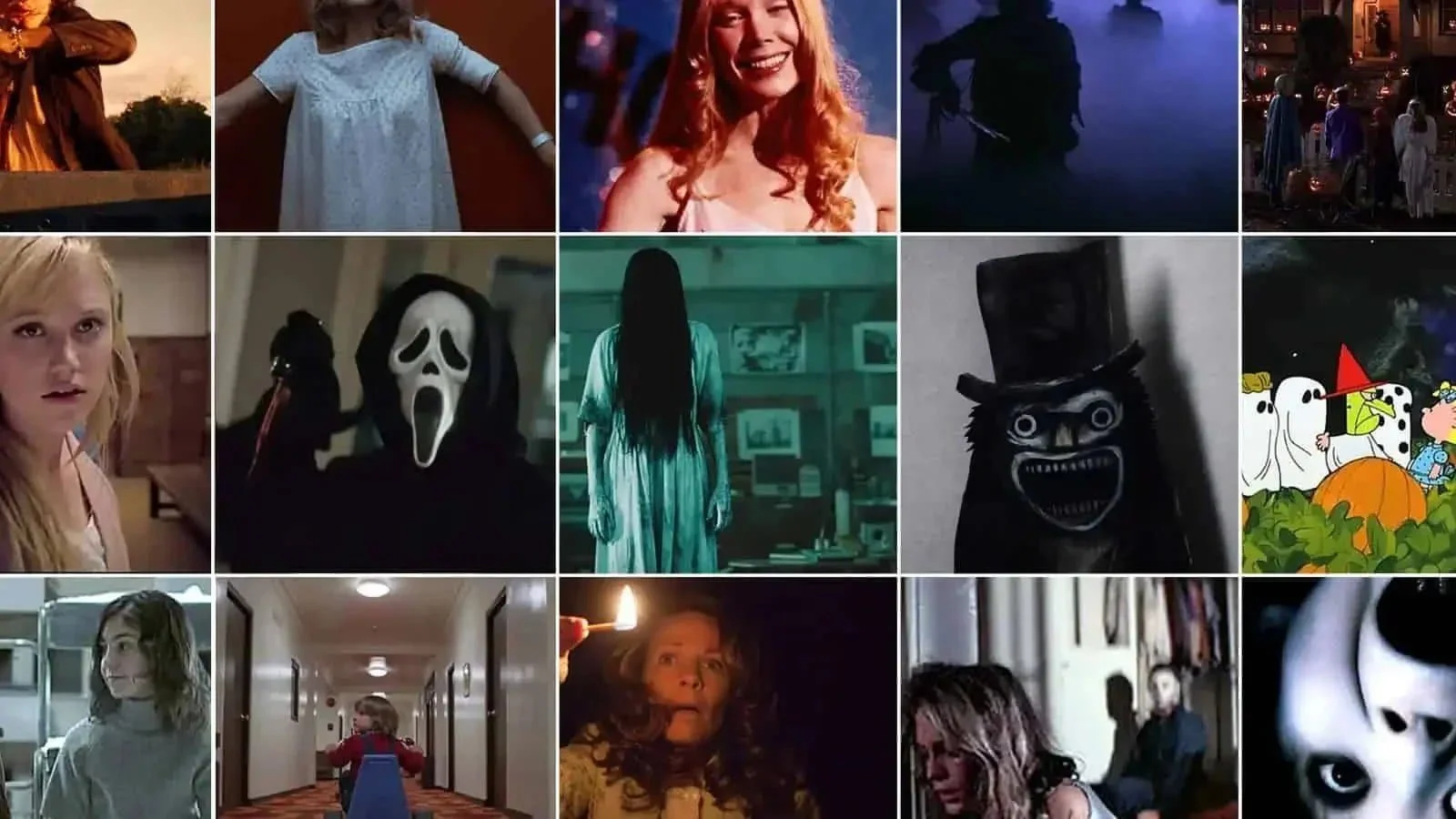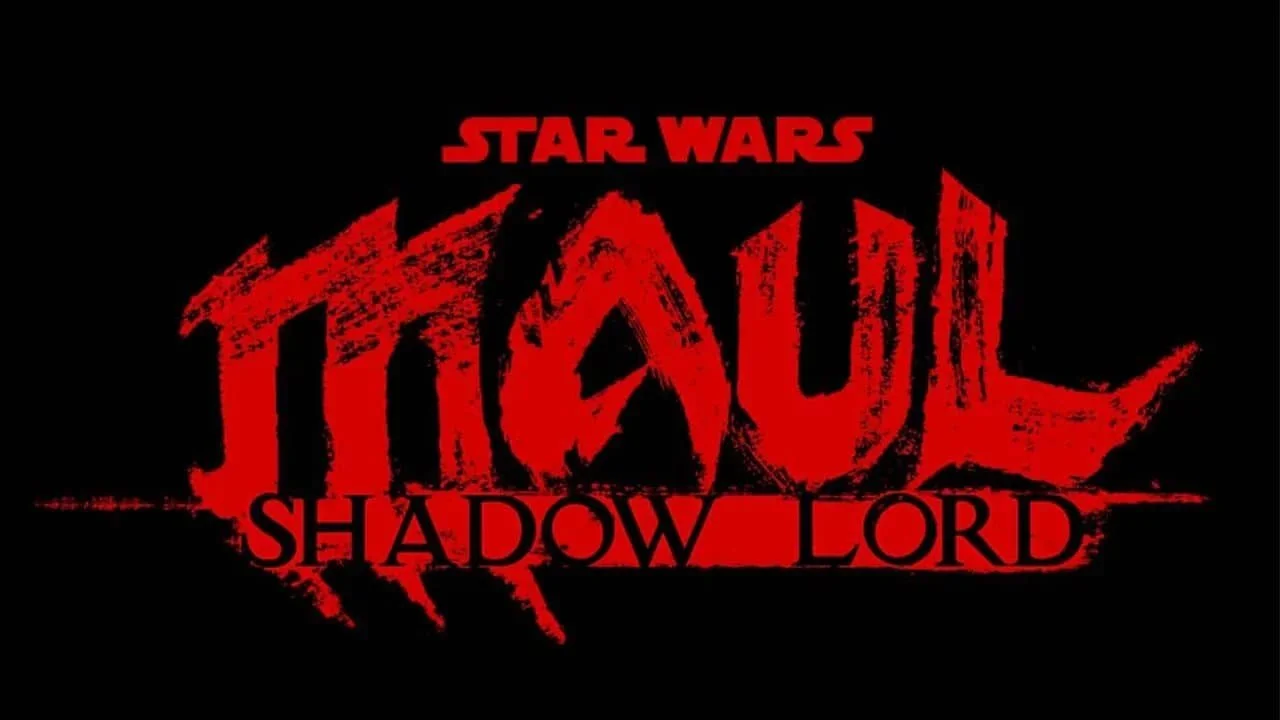Is The MCU Really In Trouble?
Image Source: bp.blogspot.com
Starting in 2008 with the release of the first Iron Man film, the Marvel Cinematic Universe (MCU) was born. Fans witnessed their favorite characters make their way onto the big screen. Whether the actor’s portrayals of the hero, villain, or sidekick garnered acclaim or disdain, there is no denying how much the MCU has shaped and influenced modern pop culture. The MCU captivated its audience, created legions of fans who defend their beloved characters (hero or villain), and became its own universe after the Disney company purchased its rights. The $4 billion price tag might have been Disney’s most successful acquisition, but any company’s asset is valuable so long as its worth is correctly utilized.
An almost overreliance on the profitability of the Marvel brand and fan attention to the MCU’s characters and their arcs have put this beloved universe in dire straits. With more than 30 films and more than 20 TV shows, NPR’s Ayesha Rascoe noted in an interview with the co-author of MCU: The Reign Of Marvel Studios, Joanna Robinson, that these films being owned by Disney succeeded in getting “the boys and the young men to buy into Disney”, but we as an audience “reached peak superhero.”
RELATED:
Image Source: images8.alphacoders.com
Principal Actors Aging Out
Considering how long the Marvel Universe has been depicted on screen, it’s no secret that the actors who built the foundation of the Marvel world don’t look the same. Aging is a natural occurrence actors and performers experience, but the downsides of aging might carry more weight for them.
Actors who became the face of MCU—Robert Downey Jr, Tobey Maguire, Sir Patrick Stewart, Hugh Jackman (practically any of the Avengers)—have embodied their respective roles for a majority of their recent careers. For Robert Downey Jr, he has been Iron Man/Tony Stark for almost two decades. Within those years, films have increased the volume and quality of storytelling and stunts their actors go through. While there are stunt doubles, it doesn’t provide the actor immunity.
With age comes some degree of limitations on what the body can handle. The degree to which the actor (and stunt double) push their bodies is a heroic feat in itself, but behind the scenes, they are all human. Injuries from stunts are a real risk. If an injury is bad enough, it has the power to not only delay film production/release; it can cause a film project to be scrapped or cause a character to be re-cast. Depending on which actor this happens to, it can result in the downfall of the film and potentially the Marvel Universe as a whole.
Oversaturation Of MCU Film And Television Series
If there is one thing, there isn’t a shortage of stories to be told. In the form of origin stories, prequels, sequels, and standalone projects, fans, young and old, have plenty of material to hold their interest. Yet this abundance of material presents a problem. There has been at least one MCU theatrical film release nearly every consecutive year since 2008’s Iron Man. While this has created many box-office successes, it is possible that these successes created a dependence on the Marvel brand to keep pumping out films to satiate their fanbase.
Image Source: assests1.ignimgs.com
This becomes a double-edged sword; Marvel creates a successful brand and franchises from its many characters, but the release and existence of so many films and separate timelines can cause confusion, angst, and a feeling of overstimulation in a world where new storylines, conflicts, and arcs are still happening and have yet to be depicted. Stories are a wonderful thing, but there are points in stories where less is more. According to Robinson,
“It starts to feel like homework, given, like, how much is constantly coming at you, and not all of them felt sort of absolutely perfectly put together….And they just turned on the taps and said, give us shows. Give us movies. Let's just flood the market with our content, and that backfired...”
There are only so many ways a story can retold (if at all), not to mention taking up so much space with Marvel releases takes the spotlight away from new, fresh material. It might be possible that audiences have been “conditioned partially” because of Marvel’s “big special effects, big sound…all of this sort of stuff to make it feel like experience….to get those billion-dollar box office returns”.
Marketing Is Only As Good When Used Effectively
The amount of attention a film receives can make or break the success of any film, be it a sequel, prequel, or standalone. However, marketing is more than just a film trailer and posters; it’s actors promoting their projects through interviews, guest show appearances, and, in some cases, representing a new story based on current events in the works. New stories lead to new voices and diverse stories and how these stories are presented.
Image Source: images.everyeye.it
Comparing and contrasting the marketing and audience reception between the first Black Panther film and Madame Web, Black Panther’s marketing primarily focused on a “solid foundation, then tapped into the magical Marvel hype machine to amplify the film’s inherent strengths.” These strengths were a young, talented director who played on the strengths of a talented (primarily black cast)—Chadwick Boseman, Michael B. Jordan, Lupita Nyong’o, Angela Bassett, Danai Gurira, Forest Whitaker, and more. Not to mention, the film became a marketing tool on its own. Fans literally saw themselves. All their different hues, body types, and hair types, and this word spread like wildfire. Variety would later classify this as a “grassroots marketing movement . . . unlike any other Marvel movie.”
Madame Web had the potential to become another great Marvel addition. Already a fan favorite (though obscure) from the comics, Madame Web, the character, could have been a unique addition to the Spider-Man universe part of the Marvel franchise. However, the release of the film and its marketing were “fighting an uphill battle” according to Collider. With a film budget of $100 million and a box office return of $100.5 million overall, barely breaking even, Madame Web stood out against other superhero films in an unintended way.
Contrasting with other superhero films, especially Black Panther, the film only received one main trailer, whereas most superhero films get two. Adding onto the lack of promotion, Dakota Johnson, who portrayed the main character Cassandra Webb, went viral online for her “seemingly ambivalent feelings” toward the film and franchise—not the kind of press Sony was likely looking for. While her “ambivalent feelings” could be seen as a refreshing take from actors relentlessly pushing their projects, it might be best to hold projects with the potential of becoming a lucrative franchise more favorably. Yet, it shows a sense of growth to know when not to keep an unsuccessful project going.
Outside Influences Changing Points Of The Story/Characters
It is not just actors who make a film project; it’s directors, producers, writers, editors, marketing executives, and so much more. Before anything is filmed, first the screenplay must be written. If a script is written once, with no changes or outside interference, it might be nothing short of a miracle. Once the script has been completed, it’s time to create a budget and find someone (or a company) to finance the project. During this stage of pre-production, the search for a crew and cast members commences, and supervise movie production to ensure it runs smoothly. It is only after the movie is filmed that everything is edited and put together in-post. At each step of the movie-making process, especially for MCU films, any possible mistake or disruption of continuity will be found.
Image Source: thegamerimages.com
More recently, fans have begun to notice an abundance of visual effects to fill in run time for films and make up for release dates being pushed. According to Forbes, “Quantumania had at least 10 VFX scenes added last minute for the world premiere of the film which were so bad they shocked viewers.” Marvel television shows have been affected as well. She-Hulk’s budget ballooned to $25 million an episode, as much as a Game of Thrones episode, and the VFX in the show “were so bad because of the scripts, which were reshuffled around” and “required animators to go back and retroactively add digital work which ended up being low quality.”
Visual effects aside, writers and actors are at the mercy of directors and their interpretations of the material given to them. Directors and actors cannot depict almost 100 years of material from comics, but what they can do is keep the film project(s) concise. Knowing which key points to focus on allows Marvel fans to connect with the story and characters within the lore.
Conclusion
What’s safer than making another sequel for a movie that was successful? It’s a safe bet. It’s as close to a box-office blockbuster success as one can get. However, Marvel is shown to be reliant on these safe bets rather than taking a risk and venturing into a new, original film project. Joanna Robinson’s interview with NPR concludes that the MCU’s future and its oversaturation brought upon by Disney is “unfortunate” because she wishes “that people would want to come see any kind of story, but I think broadly to get those billion-dollar box office returns, it has to be something to match the highs of Marvel Studios.” If anything flies high enough for too long, the crash is just spectacular.
No company, franchise, or person is too big to fall. Success is maintained by those who understand that a brand’s popularity is popular because of the fans who keep buying into what they love. Disney is in the business of making money, and the projects they have financed have been safe. Fans love them or love to hate them. With all of Marvel’s material now part of the Disney franchise, there are plenty of movies and television to occupy their time. Once the time runs out, it’s unknown if all and future projects will be remembered fondly or gathering dust on a shelf.
Image Source: i.pinimg.com
READ NEXT:
Sources: Marvel.com, NPR, Forbes, YouTube, Fast Company, Collider



















